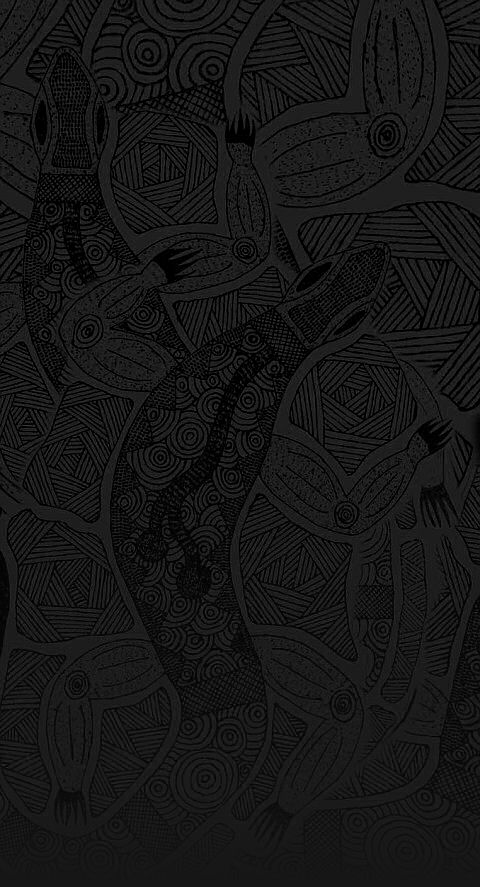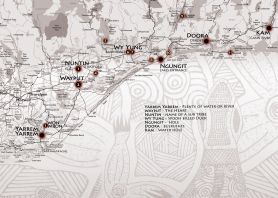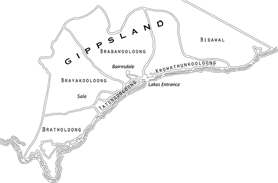
Explore Aboriginal East Gippsland
Exploring the Bataluk* Cultural Trail.
The Gunaikurnai, over 30,000 years of occupation of Gippsland.
The five clans of the Gunaikurnai nation: Bratwoloong, Brayakooloong, Tatungooloong, Brabawooloong and Krowathunkooloong have inhabited the Gippsland region for over 30,000 years.
Mostly the people lived in harmony with one another, meeting for corroborees which involved marriage and initiation ceremonies, trade of goods (such as stones suitable for axe making and fine tools), dancing and feasting. Occasionally there were battles over tribal lands and women.
Care of the land was an important aspect of Gunikurnai law. Many traditions revolved around the protection and preservation of the environment.
Many sites along the Bataluk Cultural Trail will show the respect, undestanding, legends and law for the land the Gunaikurnai had.
Sites
- white woman's waterhole
won wron state reserve - the lagoon
sale common state game reserve - the knob reserve
stratford - ramahyuck cemetery
perry bridge - den of nargun
mitchell river national park - krowathunkooloong keeping place
bairnsdale - howitt park
bairnsdale - legend rock
metung - buchan caves
buchan - burnt bridge reserve
lake tyers forest park - salmon rock and gunai boardwalk
cape conran
Site Access
For a variety of reasons such as environmental or historical sensitivity, some sites in the region are not appropriate for unrestricted access by members of the general public. We ask that you treat all sites along the trail with respect and care, to ensure that they are preserved for future generations.
The Heritage Act of Victoria
There is a high concentration of GUNAIKURNAI sites in the Gippsland area including artefact scatters, shell middens, scarred trees, massacre sites and axe grinding grooves. The need to protect sites often means that they cannot be openly publicised.
IT IS AN OFFENCE UNDER THE HERITAGE ACT (2006) TO TAMPER WITH OR REMOVE ANYTHING FROM AN ABORIGINAL SITE
Maps


Contact
Krowathunkooloong Keeping PlaceGippsland and East Gippsland Aboriginal Co-operative 37 - 53 Dalmahoy Street
Bairnsdale
Tel: (03) 5152 1891
Visitor Information Centres Orbost (03) 5154 2424
Lakes Entrance (03) 5155 1966
Bairnsdale (03) 5152 3444
Maffra (03) 5141 1811
Sale 1800 677 520
Sites
- white woman's waterhole
won wron state reserve - the lagoon
sale common state game reserve - the knob reserve
stratford - ramahyuck cemetery
perry bridge - den of nargun
mitchell river national park - krowathunkooloong keeping place
bairnsdale - howitt park
bairnsdale - legend rock
metung - buchan caves
buchan - burnt bridge reserve
lake tyers forest park - salmon rock and gunai boardwalk
cape conran

Please treat all sites along the trail with respect and care to ensure they are preserved for future generations.
Development of the Bataluk Cultural trail is a joint initiative of the Far East Gippsland Aboriginal Corporation, Gippsland and East Gippsland Aboriginal Co-operative, Lake Tyers Aboriginal Trust, Moogji Aboriginal Council, Ramahyuck Aboriginal Corporation, East Gippsland Shire Council and Wellington Shire Council.